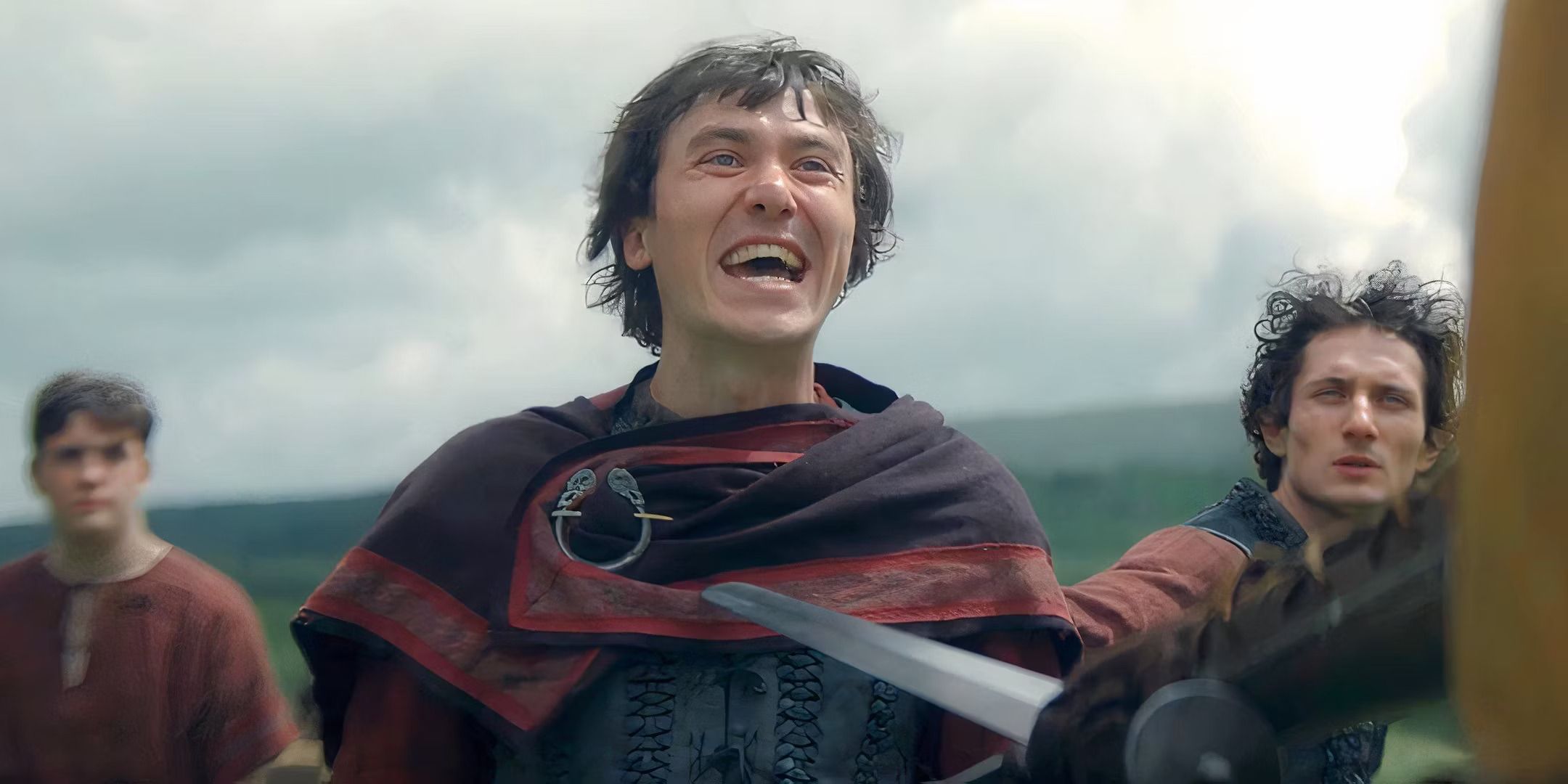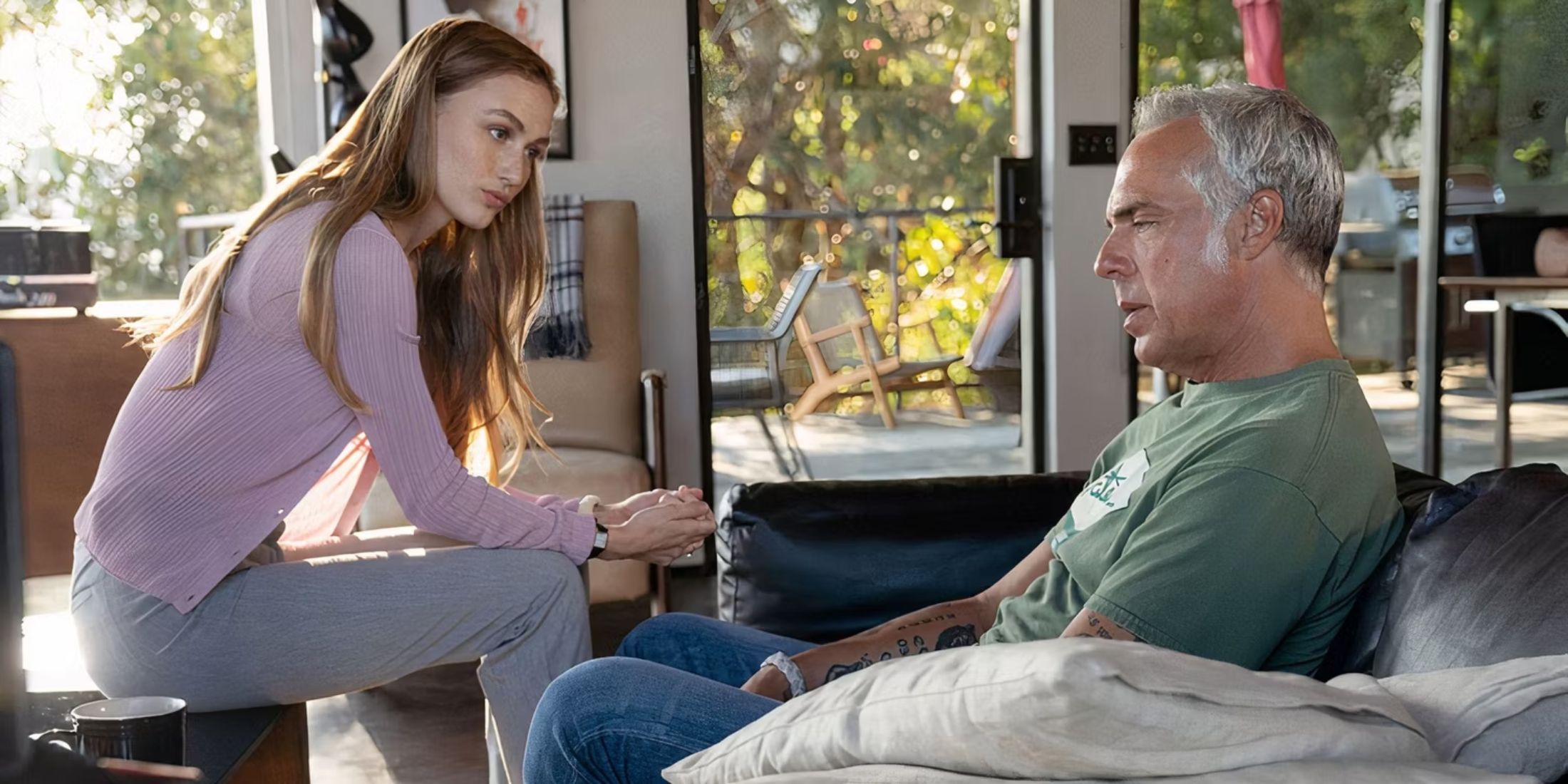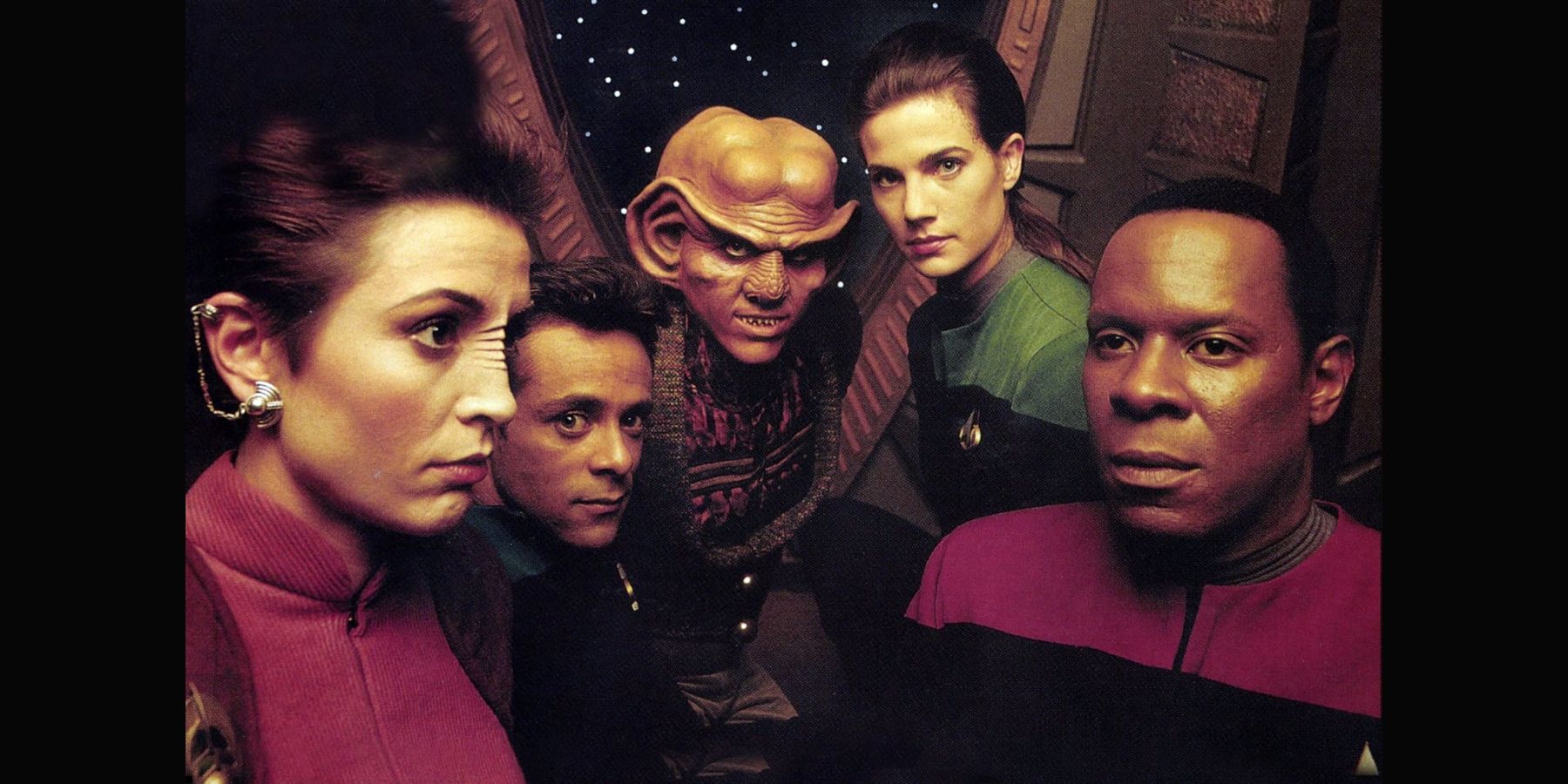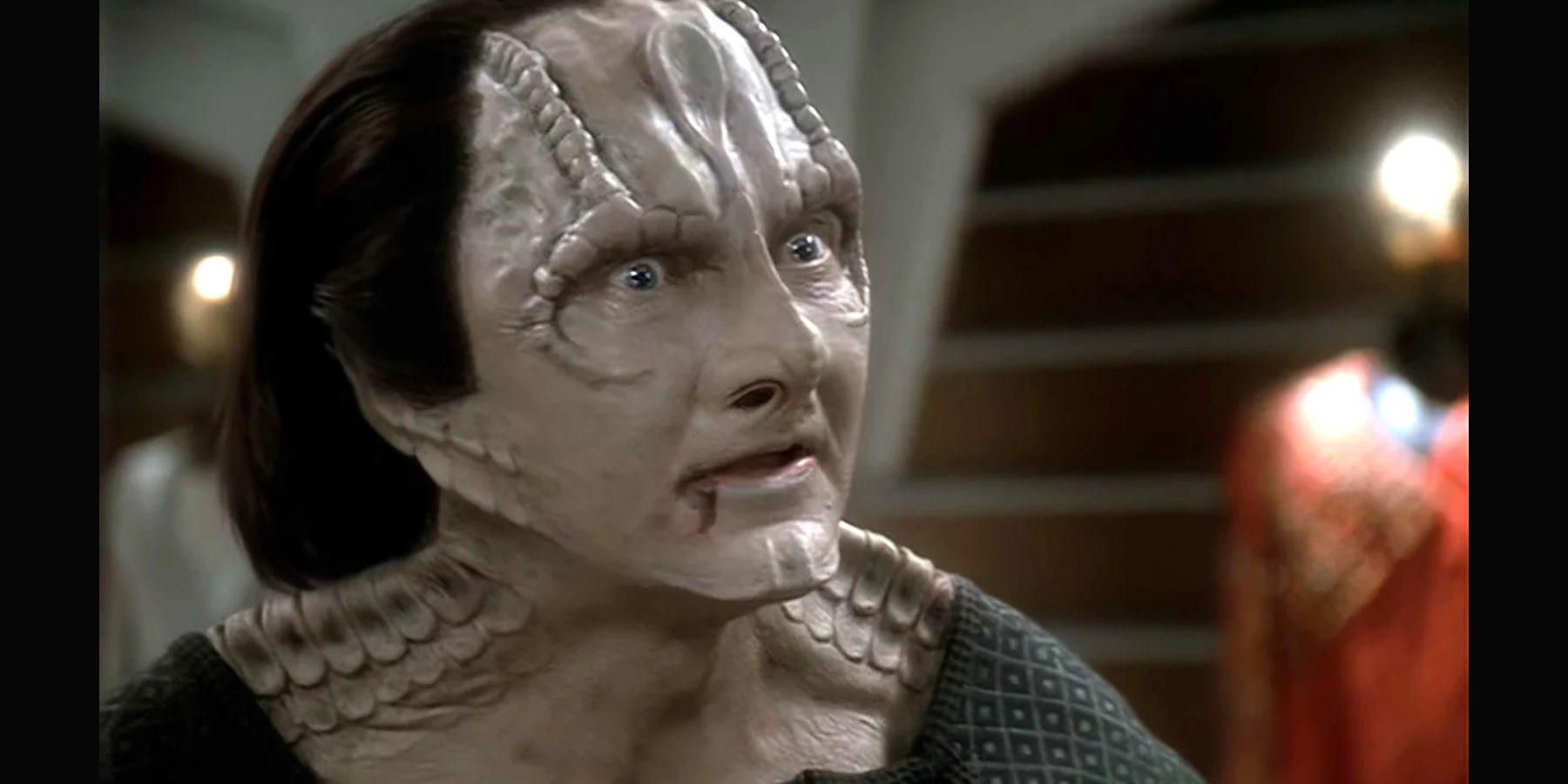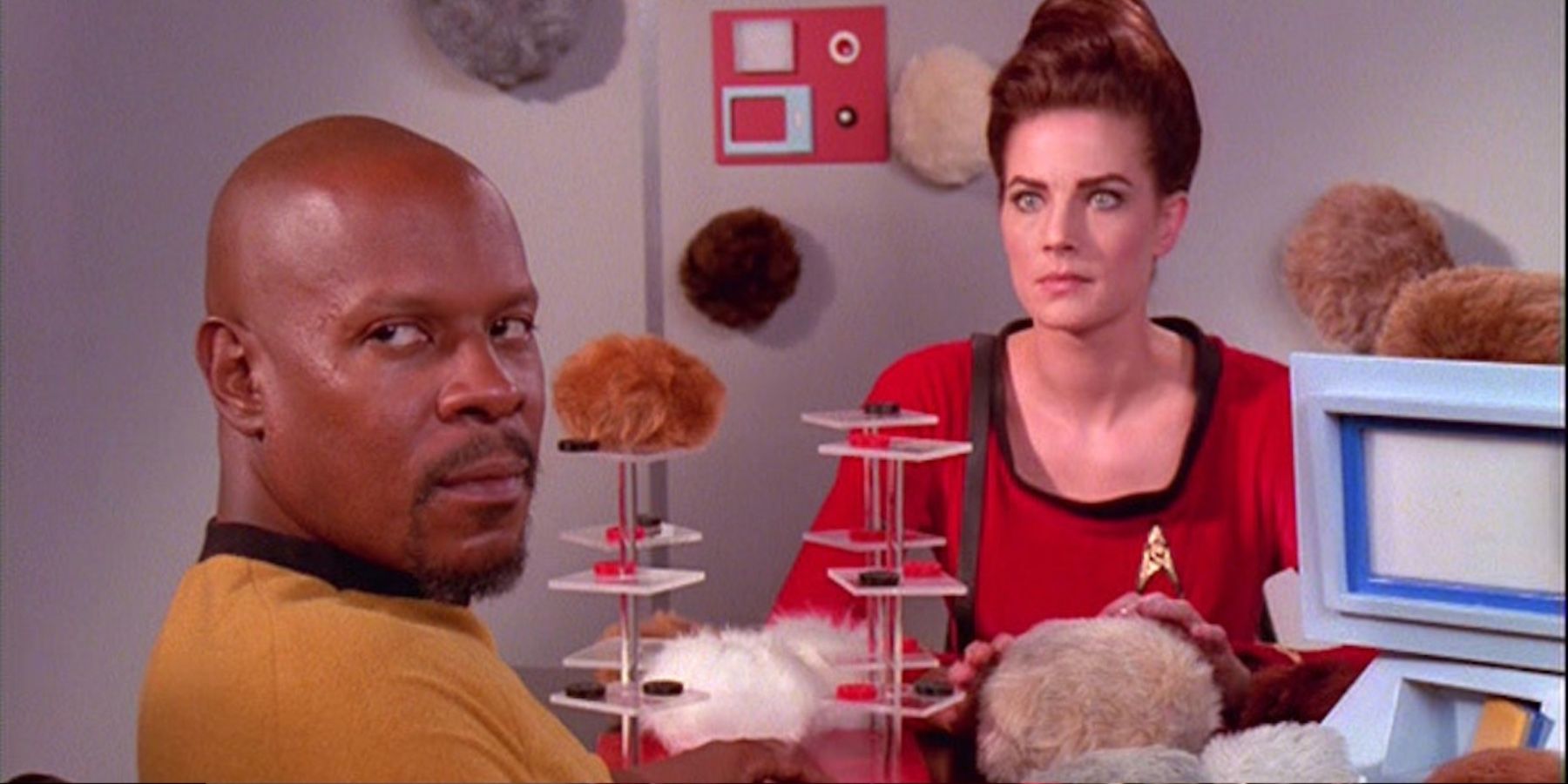Since its creation in the late 1960s, Star Trek has become known for a plethora of things, both good and bad. The franchise helped pioneer the sci-fi genre on the small screen, and came up with some incredible technology. It formed a rich and complex history and array of cultures that continue to grow even today. It was also responsible for some truly awful episodes, and some characters many wish they could forget. However, something not normally associated with the program was a dark and gritty tone. At least, that was true until Deep Space 9 came along, and changed the franchise forever.
Nowadays, many fans find fault in Discovery and Picard in being too dark, gritty, and political, veering away from what Star Trek was supposed to be about. Originally, Gene Roddenberry’s vision for the show was to set an example of a utopian future for humanity. In his future, race, sexuality, and ethnicity were unimportant. Peace was the fundamental goal in everything the Federation strove for. While baddies still existed in the drastically different looking Klingons, it was always a case of good versus evil. Enemies like the Klingons acted as antagonists but never villains, and there was always some goodness within them. The main villain of Star Trek in the earlier days was evil itself. The reality, however, was that Deep Space 9 was far darker. What's more, it was made before any of these ‘new’ iterations into the franchise that receive complaints today.
DS9 sometimes threatened to take things too far. In the iconic episode “In The Pale Moonlight,” the hero of the show, Captain Benjamin Sisko, is forced to cross the line to help save the Federation from the torment of the Dominion. His actions arguably make him a war criminal, as he underhandedly orders the murder of a foreign dignitary in order to manipulate the Romulan empire into joining the war against the Founders. The episode shows Sisko contemplating his actions. He tries to convince both himself and the audience that he did the right thing, even if it cost him, as Garak himself states, ‘the conscience of a good man.’
While this episode potentially takes the crown for the darkest moment in Star Trek history, there are plenty of other examples of traumatic, gritty moments scattered throughout the series. In another episode, “For The Uniform,” Sisko once again crosses the line. His actions result in an entire planet, a previous safe haven for the ‘terrorist’ characters of the Marquis, uninhabitable. While this alone is a drastic action, it gets much worse. Sisko threatens to poison the planet's atmosphere while the Marquis are still there, swearing mass murder if they do not surrender. Once again, these are the actions of a man who, despite what many others might think, had no choice. The use of chemical warfare is never the right choice, but these were desperate times.
These are the big questions presented in DS9. The show never suggests that Sisko himself is a good or right man. Rather, it asks that question of the audience. It shows a man pushed time and again to the edge, far away from the captains of other programs, for whom it is easy to be a saint in paradise.
However, there is some credit to those who complain that the newer Star Trek shows have become far more dark and depressing. The difference is that DS9 had both. It maintained a wonderful balance between gritty realism and light comedy, something the franchise was always good at. Every great series flip-flopped between themes. TNG, for example, had one heartstring pulling episode where Picard lives another’s entire lifetime before getting it all ripped away in a split second. This was followed by episodes of comedy gold such as “Disaster” or “A Fistfull of Data’s.” The writers had an amazing grasp on how to transition between these two distinct styles and still make it work within the overarching narrative. DS9 was no exception. It featured dark, morally gray episodes such as the ones discussed above, followed by the hilarious “Trials and Tribble-ations” episode.
This duality in theme just made the dark episodes even more profound. The series showed that there was light in the universe still. Fun and happiness are still possible even when everything is collapsing. It showed what the dark episodes were fighting for, the point of it all. Discover and Picard are far shorter seasons, and have felt the need to carry one singular storyline throughout each season. In fairness, this is far more in keeping with the TV-making ethos of today. But as such, it suffers from the lack of what episodic TV can offer. The criticism of these new shows are not that they are too dark, but rather that they maintain the darkness with little to no relief. DS9, on the other hand, maintained that balance beautifully.


